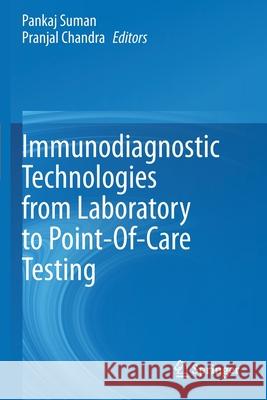Immunodiagnostic Technologies from Laboratory to Point-Of-Care Testing » książka
topmenu
Immunodiagnostic Technologies from Laboratory to Point-Of-Care Testing
ISBN-13: 9789811558252 / Angielski / Miękka / 2021 / 256 str.
Kategorie BISAC:
Wydawca:
Springer
Język:
Angielski
ISBN-13:
9789811558252
Rok wydania:
2021
Ilość stron:
256
Waga:
0.36 kg
Wymiary:
23.39 x 15.6 x 1.37
Oprawa:
Miękka
Wolumenów:
01
Dodatkowe informacje:
Wydanie ilustrowane











